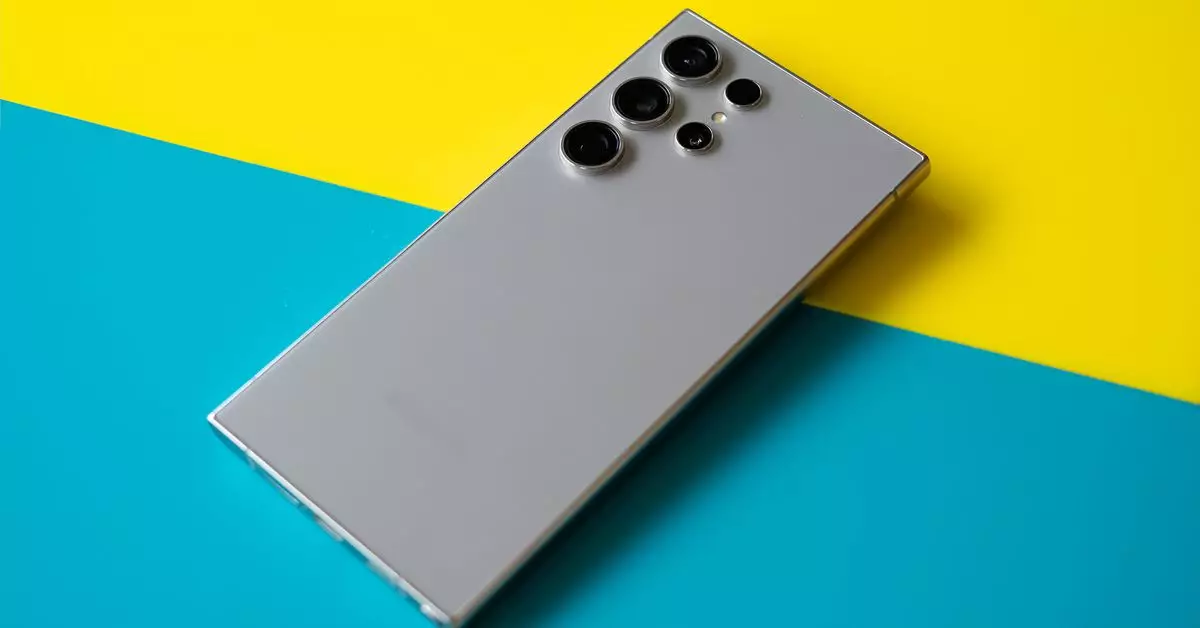In the age of smartphone photography and video, High Dynamic Range (HDR) content has become exceptionally popular, enhancing images and videos with richer colors and striking contrasts. However, not everyone appreciates the way HDR manifests on mobile displays, especially during evening use when excessive brightness can be uncomfortable. As users scroll through social media platforms, a seemingly innocuous HDR video might disrupt the user experience by illuminating the screen with glaring highlights. This has led to criticism of devices that default to HDR settings, creating a demand for stricter control over display settings.
In response to this growing need, Samsung is rolling out an innovative update with One UI 7 that aims to give Galaxy device users unprecedented control over HDR content. Currently in beta, this update includes a system-wide toggle dubbed “Super HDR.” The primary function of this toggle is to adjust the display settings dynamically, ensuring that the vibrant range of colors and contrasts in high-quality images is presented without overwhelming the user with excessive brightness. However, the phrasing surrounding this new feature can be somewhat misleading, as its real-time effect on brightness is beneficial, especially for users who may find HDR content jarring at night.
The introduction of Samsung’s HDR control feature highlights a stark contrast with Apple’s current approach to HDR on their devices. While users of iPhones can access low power mode—a feature that limits the use of HDR, it entails a suite of other restrictions that may be cumbersome for everyday tasks. For Instagram users seeking to evade HDR content, there’s a glimmer of hope; the app’s settings allow them to disable HDR specifically. However, this option is not universally applicable across Android devices, making Samsung’s move particularly effective for those within its ecosystem.
The implications of Samsung implementing this toggling option for HDR content are significant. For many regular users who wish to enjoy a visually appealing experience without the discomfort of intrusive brightness, this functionality is a welcome addition. It shows Samsung’s commitment to user experience, as they adapt to the evolving landscape of content consumption and mobile display technology. As HDR continues to gain traction, it places pressure on other manufacturers, particularly Apple, to devise similar functionalities that enhance user control. In an era where customization is king, Samsung’s proactive advancement sets a laudable precedent for the industry.
As smartphones become synonymous with both communication and content creation, the need for customized user experiences is paramount. Samsung’s “Super HDR” toggle is not just a feature but a step toward empowering users with the ability to manage their digital environments actively. Whether during the day or night, users can enjoy HDR content without the drawbacks of sudden brightness. For many, this is not just an enhancement; it represents a shift toward a future where personal preferences dictate how we interact with technology. As other manufacturers take note and innovate in kind, the ultimate victor will be the user, gaining greater control over their mobile experiences.


Leave a Reply